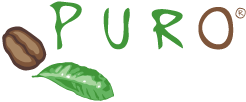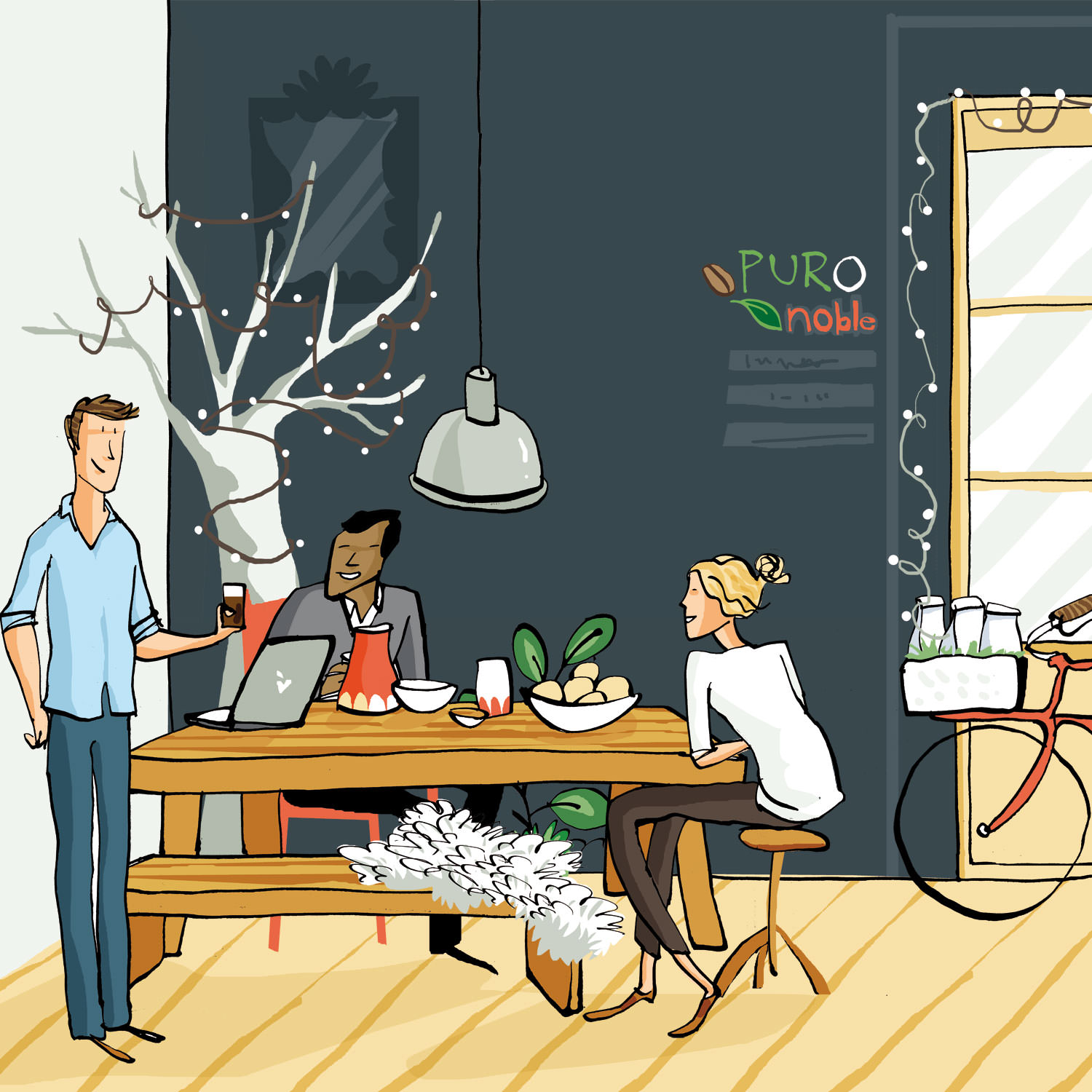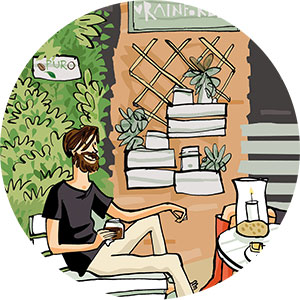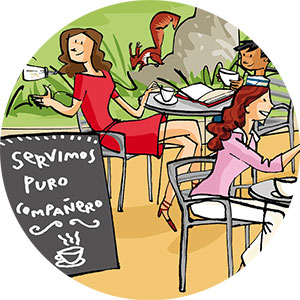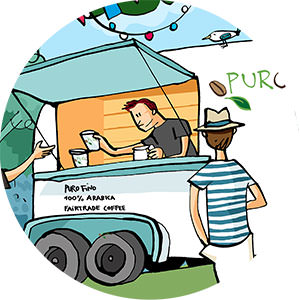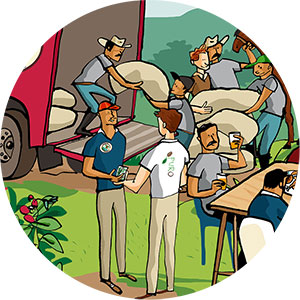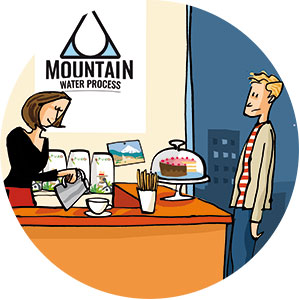The complex character of this blend comes from the mild and smooth yet floral high grown Arabicas skillfully blended with the Peruvian Arabicas for a perfect balance of flavour. Through the addition of the premium Robusta, a hint of dark chocolate is injected into the cup thus ensuring this blend works well in all situations.
Coffee Profile:
Roast
Body
Sweet
Acidity
Smooth
Fruity
Origins:
Honduras, Peru, Uganda, Brazil & Colombia
Coffee Type:
Fairtrade & Shade Grown
% Arabica
% Robusta
Producers:
Honduras
COAGRICSAL & COPROCAEL are positioned in the regions of Copán & Ocotopeque, the coffee here is grown 1000-1500m above sea level by smallholder producers who hand pick the beans in December-February, wash, clean by hand and then sun dry their harvest.
Peru
CEPROAP are seated in the region of Pichanaki, the coffee here is grown 1650m above sea level by smallholder producers who hand pick the beans between June and October. Every bean is washed and cleaned by hand before the harvest is layed out to dry in the sun.
Uganda
KCFCS or Kibinge Coffee Farmers Co-operative Society is a coffee farmers organisation located 150 km south-west of Uganda’s capital Kampala, in Bukomansimbi District, Kibinge sub-county. The special geographic position of Kibinge, just below the equator, allows coffee to be harvested twice a year. This region ordinarily produces some of the finest Robusta coffee in the world, with hard beans, which give an even roast and a mild, soft, sweet and neutral taste. The coffee is grown at 1250m above sea level and hand picked from May until September and then again from October until January.
Brazil
COOPERATIVA MISTA AGROPECUÁRIA DE PARAGUAÇU is located in Paraguaçu, Southern Minas Gerais. Their coffee is grown at ca. 900 m above sea level, spanning an area of 6500 hectares.
600 farmers hand-pick the beans in May-September, and then deliver them to the cooperative’s warehouses to be processed, tested and sorted centrally.
Colombia
ASPROUNION are located in Nariño, their coffee is cultivated at 1300-1800m above sea level by 270 smallholder coffee producers that span 700 hectares. They hand pick the main coffee crop in April-June, but do a second smaller harvest in October-January. Similarly to the other co-operatives, they wash, clean by hand and then sun dry their harvest.
NB. Climate change, harvests, politics, economics and many other factors demand that from time to time we need to also source coffee from other Fairtrade certified co-operatives in these countries.
